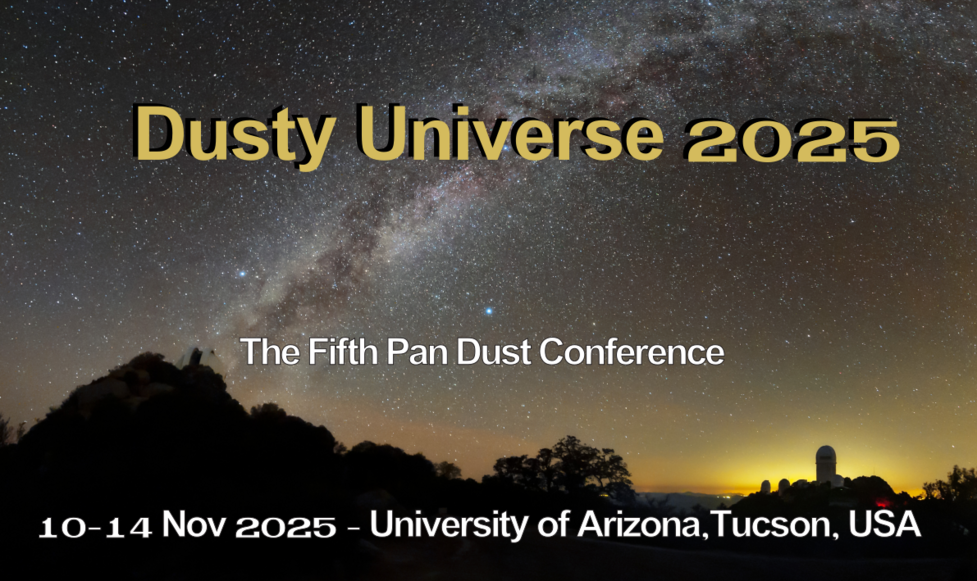A growing number of observations have shown that, despite its interstellar origins, dust is ubiquitous in the circumgalactic medium (CGM). These observations surprisingly suggest that as much as half of the overall cosmic dust density consists of extragalactic dust (Menard et al. 2010). Dust's widespread presence in the CGM implies the existence of an extremely efficient channel for transporting dust out of galaxies. Multi-phase galactic outflows are a promising candidate for this mechanism since they are known to transport clouds of cool gas (and potentially dust) to large scales in the CGM. However, the efficacy of this mechanism, and particularly the ability of cool clouds to shield dust from destruction by the hot supernova winds that drive outflows, remains relatively unexplored. To address this open question, we implemented a dust evolution model into Cholla, a GPU-based hydrodynamics code that can efficiently simulate large physical volumes (~10 kpc^3) at fixed, field-leading resolutions (dx < 5 pc). We first used this model to simulate dust evolution in the small-scale cloud-wind mixing that drives cloud acceleration. From this, we found that an overwhelming majority of dust could survive to populate the CGM, providing a clear explanation for this phenomenon. Building on this work, we conducted simulations of entire galaxies with dusty multi-phase outflows, some of the largest simulations of dust to date. This work provided the first high-resolution theoretical maps of dusty multi-phase outflows (including PAH-sized grains), which can be directly compared with recent JWST observations of nearby outflows at similar resolutions. These simulations also provide insight into the evolution of the grain size distribution in the CGM, which is crucial for interpreting observations such as Menard et al. (2010). This work provides some of the first steps toward an understanding of this exciting and dusty frontier.

|
|
|
|
Simulating the Dusty Universe: Frontiers in Our Understanding of the Source and Nature of Extragalactic Dust
1 : University of Pittsburgh, Dept. of Physics & Astronomy
|
 PDF version
PDF version
